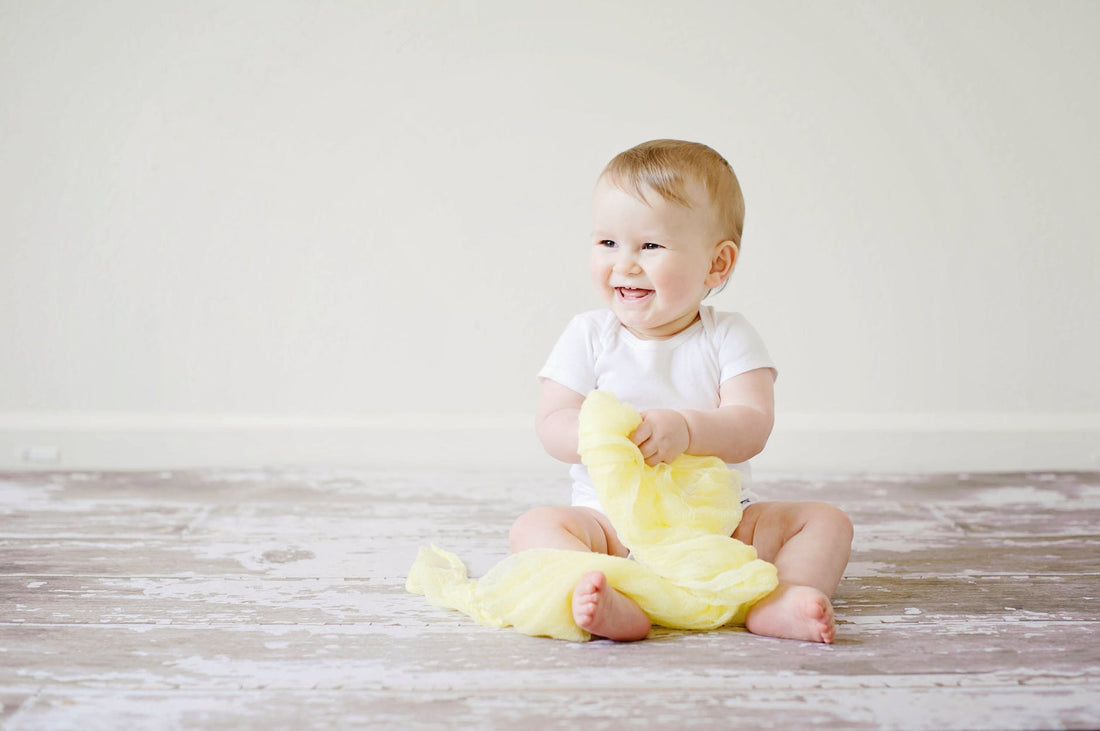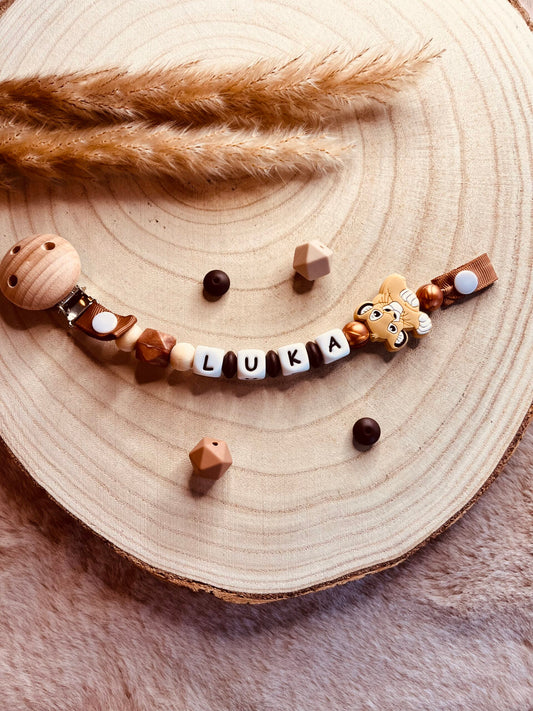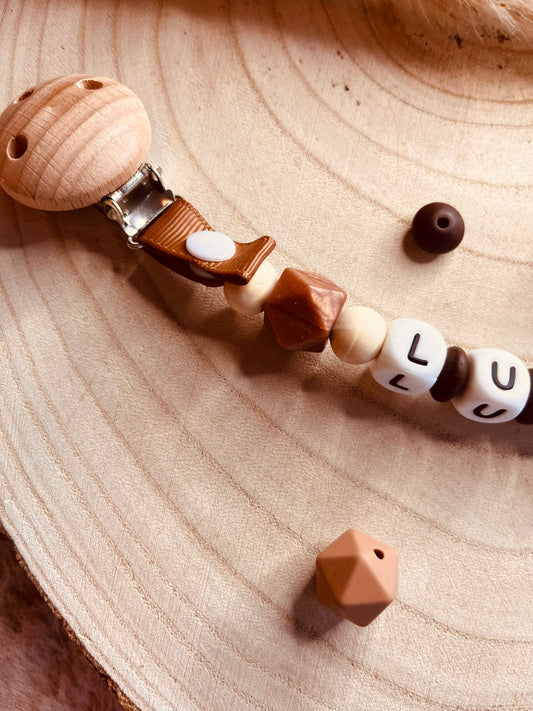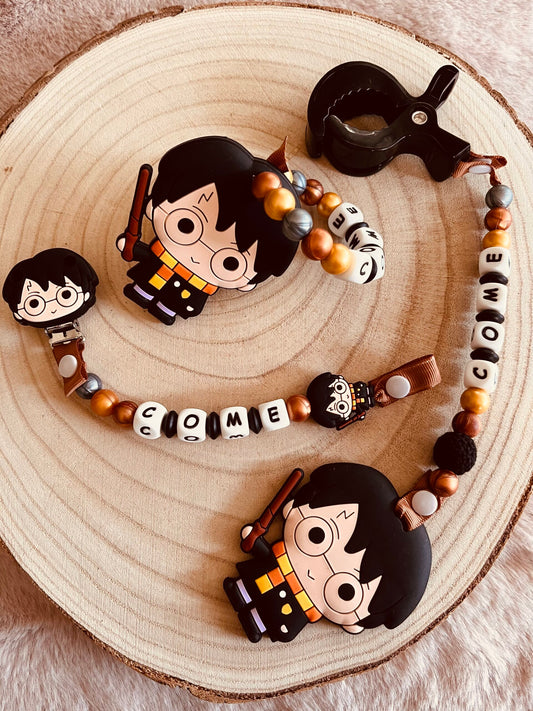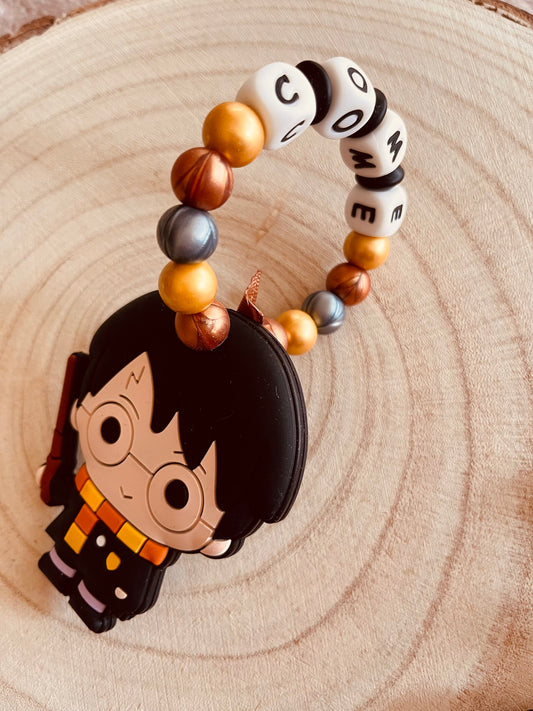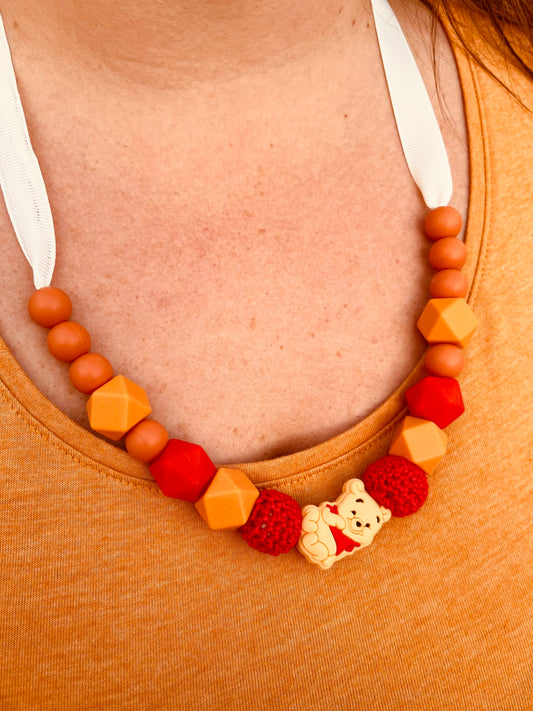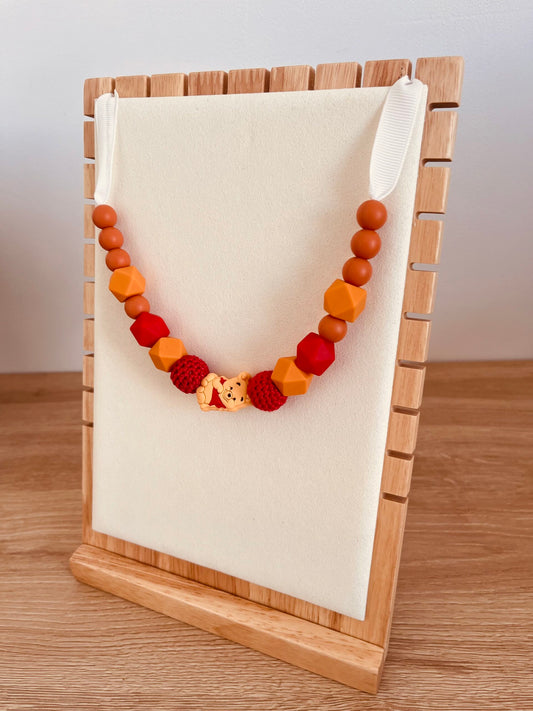How to choose the baby teeth ring
The first few years of a baby's life are filled with discoveries and important developmental milestones. One of these crucial milestones is the eruption of baby teeth. This can be an uncomfortable time for little ones, and parents often look for ways to relieve the pain and irritation it can cause. This is whereteething ring for baby. But how do you choose the right one for your child? In this article, we'll guide you through the different types of teething rings and the criteria to consider to make the best choice for your little one.

Why do babies need a teething ring?
Teething is a natural process in which a baby's baby teeth break through the gums to emerge. This can cause discomfort, pain, and irritation in many babies, making them fussy and fussy. Teething rings are designed to provide relief from these symptoms by providing something safe and chewable.
The different types of teething rings
There are several types of teething rings on the market, each with its own advantages and disadvantages. Here are some of the most common options:
- Natural rubber teething rings Made from natural rubber, these rings are soft and easy for babies to grasp. They are generally free from harmful chemicals, making them a popular option for parents concerned about their child's safety.
- Silicone teething rings : Silicone is a BPA-free option that is easy to clean and maintain. Silicone teethers are durable and come in a variety of shapes and textures to stimulate baby's gums.
- Cooling teething rings : Some teething rings can be chilled in the refrigerator before giving to your baby. The cold can help numb the gums and relieve pain. Be sure to follow the manufacturer's instructions to avoid freezing them, which could be too harsh for your baby's sensitive gums.
- Wooden teething rings : Wooden teething rings are usually made of untreated, smooth wood, making them safe for babies to chew on. Make sure the wood is free of harmful chemicals and is well polished to avoid splinters.
Criteria for selecting a baby teething ring
When you choose a teething ring For your baby, here are some important criteria to take into account:
- Safe material : Make sure the teething ring is made from safe and non-toxic materials.Look for products that are certified BPA-free, phthalate-free, and PVC-free.
- Proper size and shape : Choose a teething ring that is appropriate for your baby's age and size. Teething rings should be large enough to avoid any risk of choking.
- Adapted texture : Choose a teething ring with a texture that's appropriate for your baby's gums. Some textures gently massage the gums, while others offer more intense relief.
- Ease of maintenance : Make sure the teething ring is easy to clean to prevent bacteria buildup. Most silicone and rubber teething rings can be cleaned with warm soapy water or put in the dishwasher.
- Sustainability : Look for durable teething rings that will withstand your baby's constant chewing without breaking.
- Cooling or not : If you choose a cooling teething ring, be sure to follow the instructions for use to ensure your baby's safety.
Ultimately, choosing a teething ring depends on your baby's preferences and your own safety criteria. It may be a good idea to try a few different options to see which one works best for your little one.
Teething rings are useful accessories to relieve the discomfort of your baby's gums during teething. By choosing the right teething ring based on material, size, texture, and ease of care, you can help your baby get through this important stage more comfortably. At Babanono, we offer a carefully selected selection of high-quality teething rings to meet your baby's needs, you will also find in our birth boxes our teething rings. Feel free to browse our product range to find theteething ring perfect for your little treasure.

